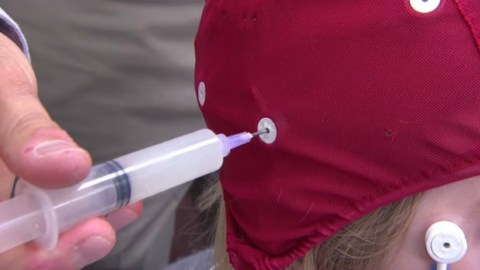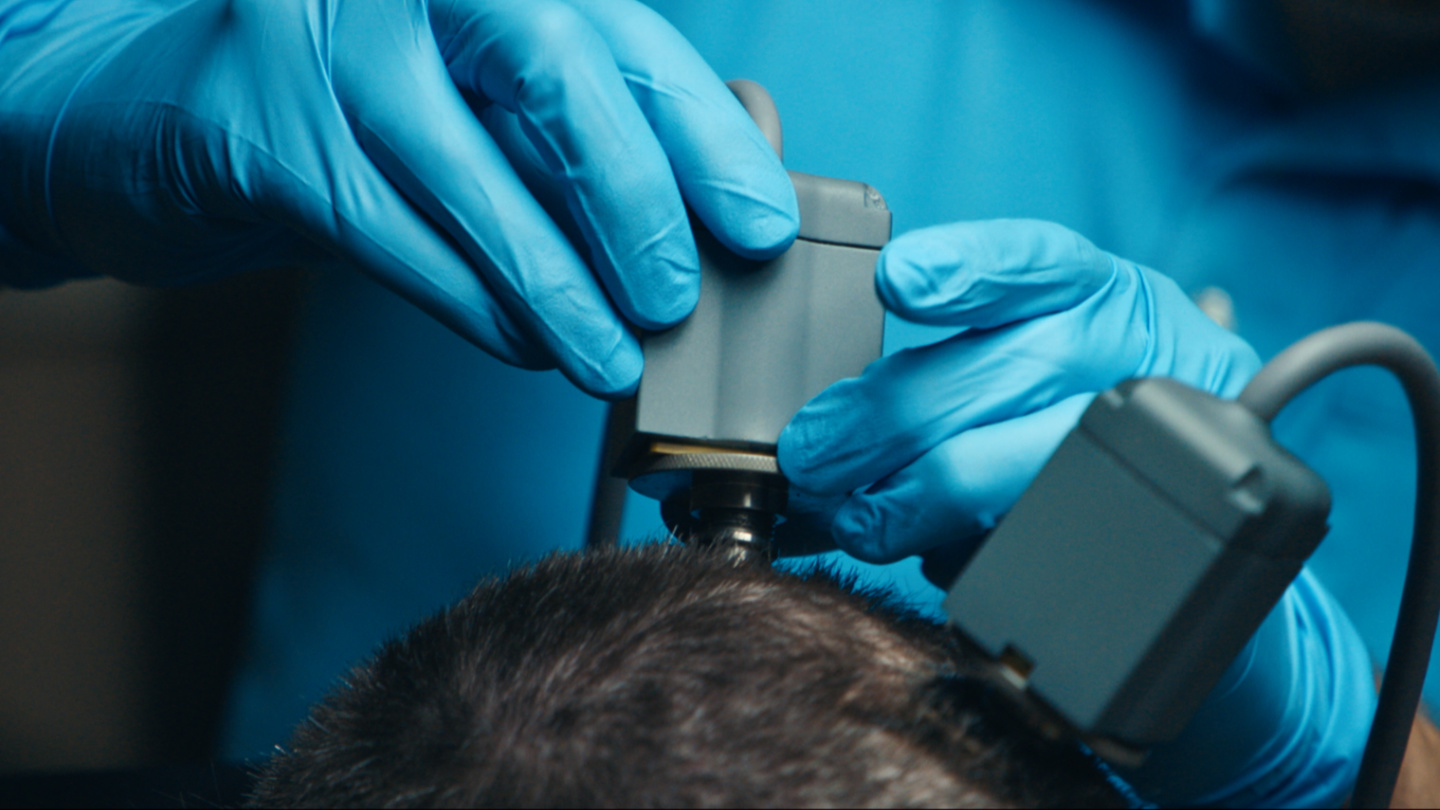Scientists Have Designed a Literal “Thinking Cap”

Researchers at Vanderbilt University are experimenting with an electrode-fitted cap designed to improve the wearer’s thinking skills. The real-life thinking cap is highlighted in a feature currently up at Live Science. Charlie Heck of the U.S. National Science Foundation (NSF) interviewed Vanderbilt psychologist Geoffrey Woodman about how the cap works and what it can teach us about memory and learning.
“Woodman: ‘Our work shows that we can change the brain activity thought to come from the medial-frontal cortex, and more importantly, improve how quickly people can learn basic tasks. Based on fundamental neuroscience, the electrical current of the thinking cap is causing brain cells to fire together in a more coordinated way, and as a result, convey information in the brain more efficiently.'”
Heck calls the brain “the final frontier of science,” an apt description of our most necessary biological tool, yet simultaneously the one we know the least about. By testing the mental capacities and abilities of subjects wearing the cap, scientists seek to understand which parts of the brain play the most vital roles in storing memory, solving problems, and drawing conclusions.
Read more about the cap at Live Science.
Photo credit: Vanderbilt University / Live Science





